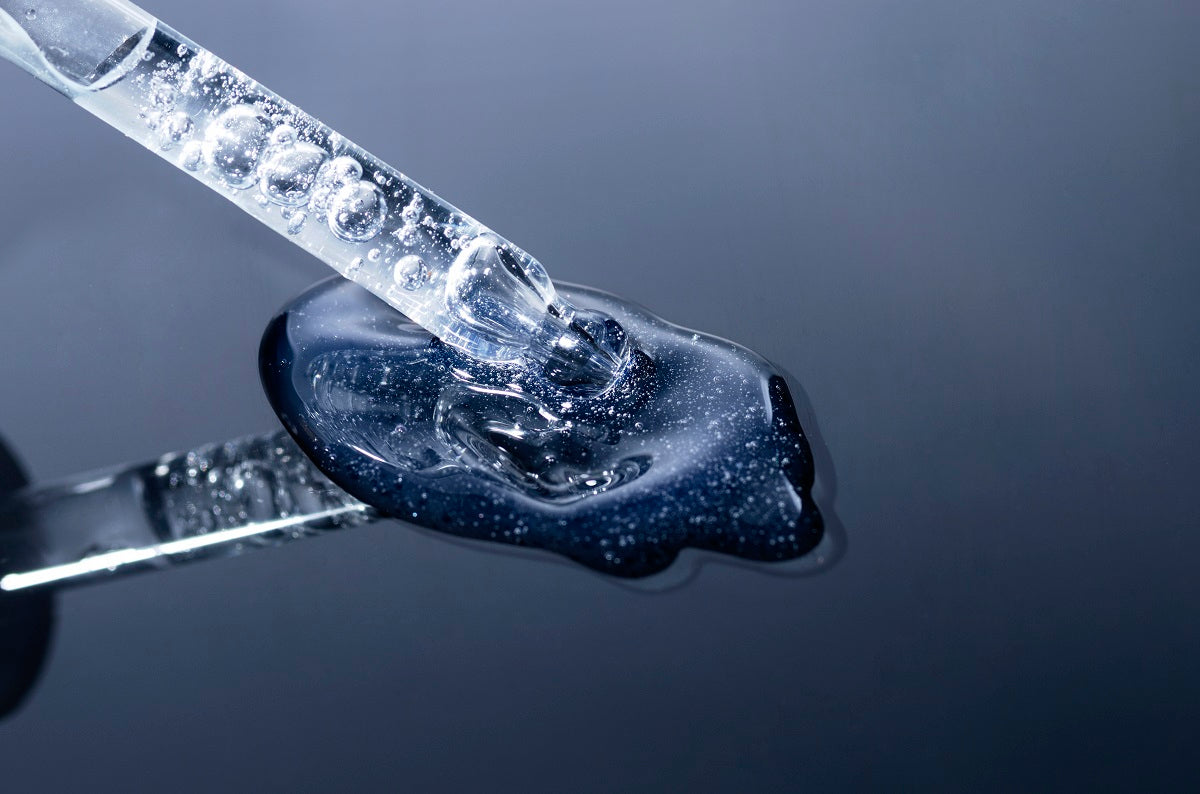Our daily care items may contain ingredients that we would prefer to avoid, such as hormone-active substances, allergy-inducing fragrances, petroleum, and palm oil. The worst cosmetic components and their suitable substitutes are depicted in Utopia.
- Preservatives with adverse effects, parabens
As preservatives, parabens are frequently used in makeup and personal care items. From toothpaste to shampoo, many conventional goods contain paraben compounds.
The issue: Parabens, a component of makeup, are thought to affect hormones. This indicates that they may behave similarly to hormones in the body, frequently acting similarly to the female reproductive hormone estrogen. For this reason, they may be especially hazardous for expectant mothers, fetuses, young children, and teenagers going through puberty.
Some parabens build up in the body and are linked to conditions like infertility, diabetes, early adolescence, and cancers like breast, testicular, and prostate cancer that are influenced by hormones. Until a health assessment is provided, isopropyl, isobutyl, pentyl, and phenylparaben usage should be avoided.
Cosmetic ingredients: parabens
We advise against using parabens out of caution because the precise health effects of using them in cosmetics, particularly when combined with other chemicals, have not yet been thoroughly studied. Certified natural products are not permitted to contain paraben compounds.
How do you know where parabens are?
They can be recognized on the ingredient list of cosmetics by the suffix "-paraben".
The list of ingredients is particularly common:
- methylparaben
- ethylparaben's
- pentylparabens
- benzylparabens
- phenylparabens
- butyl paraben
- propylparabens
- isopropyl parabens
- isobutyl parabens
- Cosmetic fragrances are an issue for everyone, not just allergy sufferers.
One of the most widely used substances in cosmetics, but it has no discernible effect: Nearly all body lotions, shower gels, deodorants, and other personal care products contain fragrances because we all like to smell nice and cover up our natural body odor. Usually referred to as "perfume" or "fragrance," these are deemed to be quite safe. However, because they can induce or worsen allergies, many fragrances are thought to be unhealthy for the body.
Polycyclic musk compounds, which are used to create synthetic musk scents, may also be hazardous: They can build up in the environment and people, and in addition to being thought to be the source of allergens, they have been shown in studies on animals to have hormonal effects and even to be carcinogenic.
How do you recognize fragrances in cosmetics?
The majority of fragrances are only found in extremely small amounts and are only identified as "Parfum" on cosmetics and care items. The list of ingredients above a certain threshold only needs to explicitly mention the 26 fragrances that are thought to be particularly allergenic; examples include:
- eugenol
- citric
- lime
- coumarin
- citronellol
- farnesol
- linalool
Both conventional and natural cosmetics frequently contain dubious fragrances as ingredients. Even quite frequently in natural cosmetic products, fragrances like coumarin, citral, or linalool are found that are thought to be particularly allergenic and need to be labeled. Use fragrance-free "Sensitive" products when using natural cosmetics if you have extremely sensitive skin or believe you have a sensitivity to fragrances. We advise using fragrance-free care products because they are best for kids.
- Surfactants/Emulsifiers: Entry for pollutants
PEG, or polyethylene glycol, and its derivatives, as well as sodium lauryl sulfate, are used as surfactants or emulsifiers in many cosmetic products, such as toothpaste and shampoo.
Cosmetic ingredients: PEG and PEG derivatives
Our skin may become more permeable to both active ingredients and pollutants when exposed to PEG and PEG derivatives. They are therefore especially important for irritated skin and may cause allergies. They may also contain residues of ethylene oxide, which are known to be carcinogenic.
PEG and PEG derivatives are dubious from an environmental standpoint in addition to from a health perspective: The materials are frequently created using petroleum, which is bad for the environment and difficult to degrade above a certain molecular weight. Shampoo and shower gel are examples of personal care items that can enter water bodies through the drain.
SLS (Sodium Lauryl Sulfate) can dry out the skin, irritate it, and they are thought to be potentially allergenic.
Identification of PEG/PEG derivatives
PEG and PEG derivatives are easily identifiable in cosmetics by looking at the ingredient list.
The acronym "PEG" follows a specific number (e.g., PEG-8, PEG-15, or PEG-32). A substance's name ends in "-eth" (sodium laureth sulfate, for example). In certified natural cosmetic products, sodium lauryl sulfate and PEG/PEG derivatives are not allowed.
- Deodorant with aluminum/aluminum salts
Despite the frequent mention of "aluminum in deodorant": Aluminum, salts are technically only present in antiperspirants and not in deodorants. Deodorants primarily cover up the smell of perspiration, whereas antiperspirants aim to stop or significantly reduce sweating. In everyday speech, the two terms are frequently used interchangeably.



